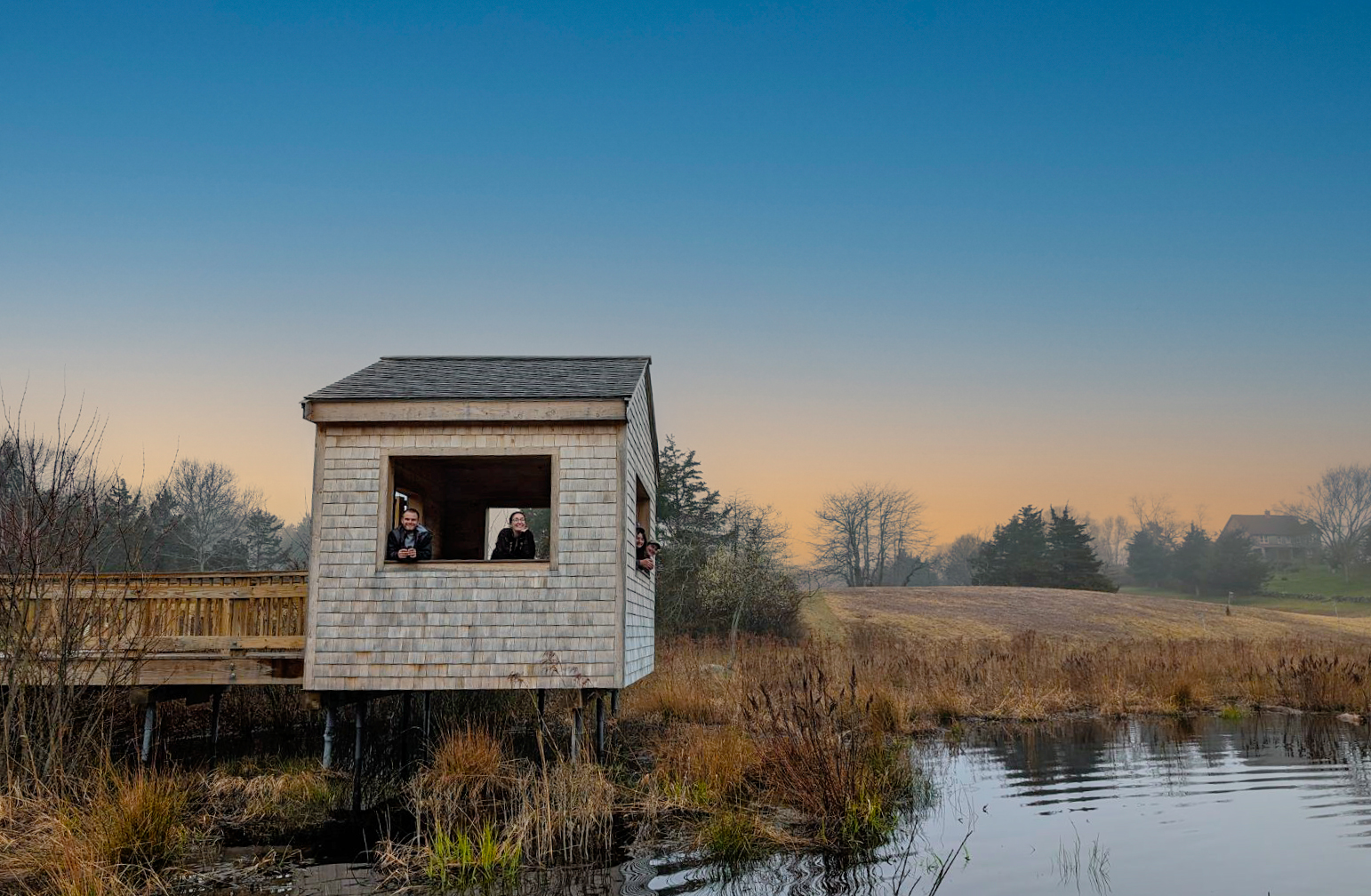This article was originally published in The Philadelphia Inquirer on January 3, 2013. It was written by Sandy Bauers. View the original article here.
The human devastation from Hurricane Sandy was so severe that not much attention was paid to other things — such as the destruction of habitats that are important to birds.
But on Thursday, the Manomet Center for Conservation Sciences and the National Fish and Wildlife Foundation released a report detailing nearly $50 million in restoration projects that are needed to help birds and bird habitats that were affected by Sandy.
“Hurricane Sandy moved massive amounts of coastal sediments with the extreme power of storm-driven water, changing barrier landscapes, eroding important bird nesting islands and blowing out dikes of impoundments managed specifically for breeding, migrating and wintering shorebirds, seabirds, wading birds and waterfowl,” the report noted.
Among the protects is $10 million needed to repair the Delaware Bay beaches in New Jersey, from Reeds Beach to Pierce’s Point. This is prime spawning habitat for horseshoe crabs. Every spring — notably on the highest tides in May — the crabs swarm ashore to lay their eggs. That just happens to be when red knots and other shorebirds are arriving partway through their migrations from wintering grounds in South America to breeding grounds in the Arctic. They depend on the crab eggs to refuel and regain much-needed weight so they can continue their journey.
But the report said that “the cascading impact of storm surge and sand displacement” decreased the horseshoe crab spawning habitat “significantly.”
“With almost no sand for horseshoe crabs to spawn, the ‘lifeblood’ of many migrating shorebirds in the the Atlantic, horseshoe crab eggs will be virtually nonexistent,” the report said.
Fewer eggs means fewer birds gain the weight they need, which means fewer will make it to the Arctic or breed successfully once there.
Many shorebirds are in decline, but one in particular, the red knot, has seen deep declines in the last decade or so. Biologists blame an increase in the horseshoe crab harvest — the crabs are used as bait in a conch fishery. Limits have now been placed on the harvest.
Crabs are also used for biomedical purposes, but the goal is to return them alive afterward.
The U.S. Fish and Wildlife Service is considering a request to list the red knot under the Endangered Species Act.
Another large project the report recommends is $20 million in restoration to the Prime Hook National Wildlife Refuge in Milton, DE. There, diked impoundments have already been hammered by sea level rise, and Hurricane Sandy damaged dikes that form freshwater impoundments. It also damaged levees and roads. It dumped debris and hazardous materials into the refuge. Beach sections were severely eroded.
Overall, “Hurricane Sandy did significant damage to some long-term conservation work,” said Stephen Brown, director of Manomet’s Shorebird Science Division. “Important habitats for high priority species have been altered by this storm. Areas that were being managed for conservation took a big hit.”
The report looked at the coast between Massachusetts and North Carolina, plus some inland areas. Not surprisingly, it found the impacts highest along the coasts of New Jersey, Delaware and Long Island, N.Y.
Recommended projects for the short term include rebuilding and stabilizing critical waterbird nesting islands, establishing new breeding colonies of imperiled species, repairing access for management of conservation lands and assessing and repairing water control structures and pumps for managed wetlands.
Other recommended New Jersey projects and their costs include:
- Create oyster reefs in Delaware Bay to blunt the force of waves against beaches where horseshoe crabs spawn — $400,000.
- Remove rubble, replenish the beach and other protective action at Moore’s Beach on New Jersey’s Delaware Bayshore — $600,000.
- Restore and restabilize five miles of dike that create six impoundments at the Tuckahoe Wildlife Management Area — $1.5 million.
- Restore and stabilize dikes at Heislerville — $100,000.





 Back to all
Back to all